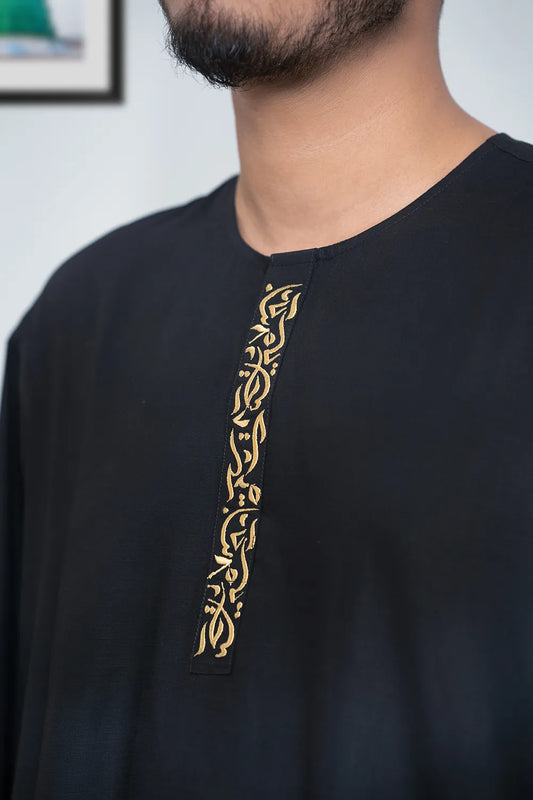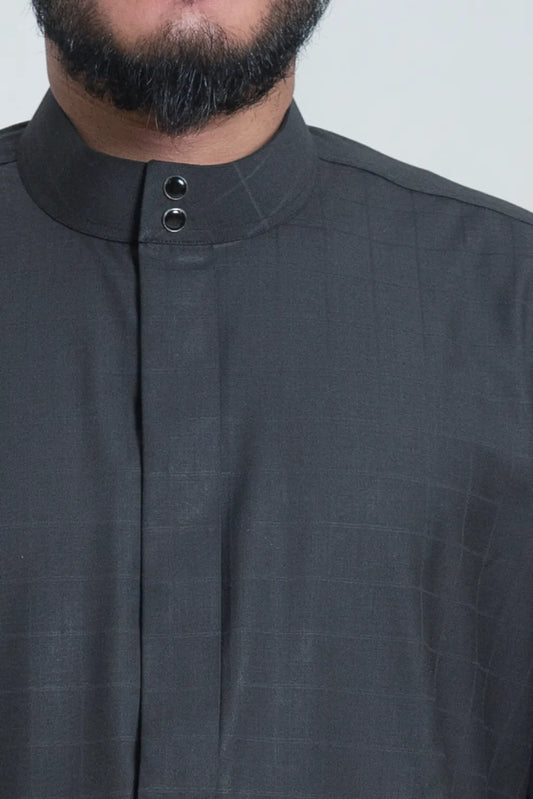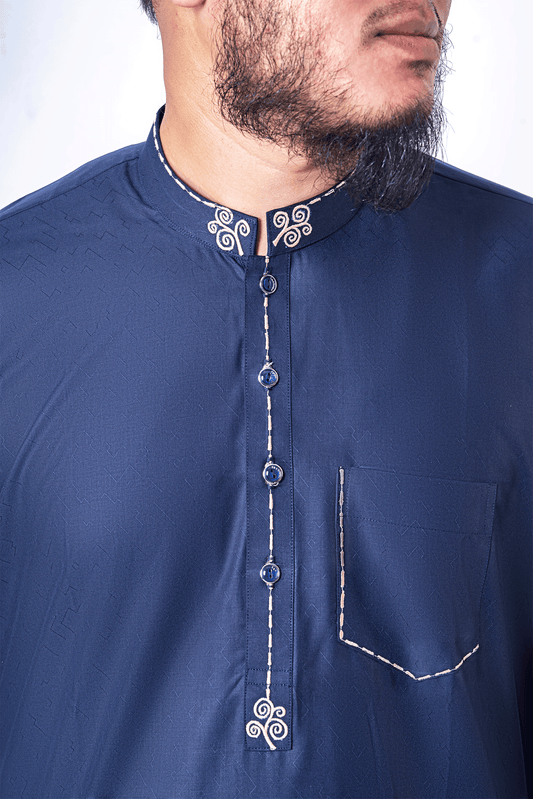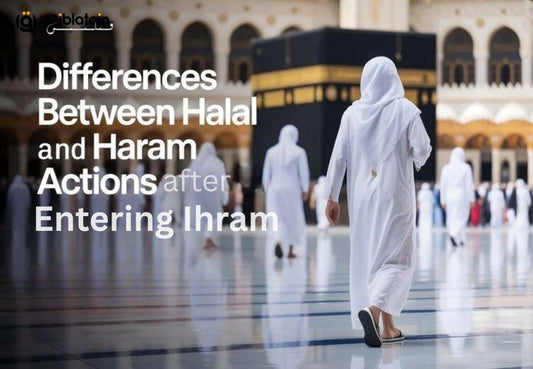Introduction
You can imagine walking in a beautiful, green forest of striped white and red arches being surrounded by the peaceful sounds of fountains and the exquisite beautiful arabesques. This is the wonder of Islamic architecture in Spain and is a legacy from Al-Andalus which continues to inspire admiration hundreds of years later.
From the 8th until around the time of 15th century Al Andalus --the Spanish region ruled by Muslims--shaped the landscape of Spain's architecture. Cities such as Cordoba, Granada, and Seville developed into vibrant centers of science, art and technological advancement and left a lasting impression in Spanish culture.
This article focuses on the beauty, historical significance and lasting heritage of Islamic architecture in Spain as well as its iconic landmarks to its impact on contemporary Spanish culture.
The Golden Age of Al-Andalus: Islamic Spain's Architectural Legacy
Seven years later, Islamic force under the leadership of Tariq ibn Ziyad entered Spain which marked the beginning of Al-Andalus. Over the next several years, Islamic Spain flourished, altering the architecture and culture environment that surrounded The Iberian Peninsula.
Cities such as Cordoba, Granada, and Seville became centers of science, art and architecture. The arts and scholars thrived during Muslim rule, achieving groundbreaking advancements in astronomy, medicine and math. The time also witnessed the development of breathtaking architectural masterpieces that combined Islamic, Christian, and Jewish influences, resulting in the most unique fusion of cultures. Find out more about the story of Al-Andalus in this UNESCO World Heritage overview.
Characteristics of Islamic Architecture in Spain
Islamic architectural style located in Spain is a symbol of unity, faith, and connection to nature that characterizes Islamic art. Here are some of its most important characteristics:
Horseshoe Arches: A Symbol of Grace and Openness
![By Nicolas Vollmer from Munich [Allemagne] - Colonnes de la Mezquita, CC BY 2.0, https://commons.wikimedia.org/w/index.php?curid=33238939](https://cdn.shopify.com/s/files/1/0757/4021/7672/files/SEOon_Colonnes_de_la_Mezquita.jpg)
The famous horseshoe arches in the Great Mosque of Cordoba are an iconic feature of Islamic construction in Spain. These beautiful arches convey an impression of openness and elegance, which symbolizes the harmony and elegance that characterize Muslim buildings in Al-Andalus.

Tailor a thobe to fit your size

No measurements required

Worldwide delivery

30 days easy return
Geometric Patterns: The Art of Infinity and Perfection

The intricate geometric patterns are adorning sculptures and tiles, using patterns that repeat and symmetry to express the endless nature of Allah and the awe-inspiring quality that is Islamic art. For a deeper understanding of Islamic geometric designs, look up The Metropolitan Museum Art's resources.
Calligraphy and Arabesques: Beauty Meets Spirituality
Arabic calligraphy as well as flowing arabesques embellish ceilings and walls, mixing spirituality and beauty. These artistic features show the Islamic devotion to the written word as well as to nature.
Water Features: Tranquility and Connection to Paradise

Fountains, courtyards, and reflective pools are essential in Islamic architectural styles in Spain. As seen in the Alhambra's serene gardens, these symbols represent paradise as well as their Islamic link to nature, allowing places of calm and contemplation.
Iconic Examples of Islamic Architecture in Spain
Spain hosts some of the most impressive models in Islamic architecture. These monuments show the splendor of Muslim builders and their long-lasting influence on Spanish society.
The Great Mosque of Cordoba (Mezquita)

It is famous for its forest of white and red striped arches; the Mezquita is among the most impressive models in Islamic architectural style in Spain. The design of the Mezquita reflects the culture and artistic accomplishments of Al-Andalus. Find out more about it at the official website of Mezquita-Catedral..
Alhambra Palace, Granada

An emblem of Nasrid artistic talent The Alhambra is renowned for its exquisite Arabicesques and intricate calligraphy and tranquil courtyards. Plan your visit around the Patronato of the Alhambra.
Giralda Tower, Seville

It was originally built as a minaret initially, the Giralda is a blend of Islamic and Christian style, symbolizing the blend of cultures that define Spain. Discover its past through Seville Tourism.
Aljaferia Palace, Zaragoza

This less-known gem blends Arab, Jewish, and Christian influences, and is characterized by beautiful courtyards and intricate walls. Learn more on Zaragoza's official tourism website.
The Influence of Islamic Architecture on Spanish Culture
Legacy of Al-Andalus continues to influence Spanish culture and architecture. Even after the end of Islamic rule the city's architectural and artistic influence was still robust.
- Mudejar Architecture The style incorporates Islamic style along with Christian elements, including geometric designs, horseshoe arches as well as intricate tiles. UNESCO acknowledges Mudejar as an official World Heritage style.
- Cultural Fusion: The amalgamation of Islamic, Christian, and Jewish influences has created an unique art form that is visible in city plans as well as decorative arts and even in the language.
- Long-lasting Legacy Modern Spanish structures often reflect Islamic design, including fountains, courtyards, and elaborate tilework being used in public and private spaces as well as homes.
Visiting Islamic Architectural Sites in Spain
The Spanish experience of exploring its Islamic architectural style is an unforgettable trip through time and beauty. Here's how you can get the most out of your trip:
- Best Time to Visit Autumn and spring provide pleasant weather and less crowds. The early mornings are the best time to enjoy an unhurried experience.
- Guided Tours Numerous sites provide guided tours to gain more in-depth knowledge. Tours at night in the Alhambra are particularly magical.
- nearby attractions In Cordoba Explore the historical Jewish Quarter. In Granada you can visit The Albaicin district. Seville has stunning palaces as well as vibrant flamenco performances.
- Accommodations Enjoy typical Andalusian hotels or paradores in close proximity to old sites for a unique experience.
For information on planning your travel, check out the official Tourism Spain site.
Preserving Islamic Architecture in Spain
Spain is currently working to preserve the extensive Islamic heritage. Restoration efforts are helping to preserve the historic sites and ensure that the next generation can enjoy their beauty and importance.
- Restoration projects The Alhambra and the Great Mosque of Cordoba undergo regular restoration in order to keep their unique details.
- Cultural Heritage and tourism These sites draw millions of tourists each year helping local economies and creating awareness of the rich history of Spain.
- Initiatives and Organizations: UNESCO protects several Islamic sites, and Spanish heritage organizations fund the research as well as conservation efforts. Find out more about the work of UNESCO throughout Spain on this page.
Conclusion
Islamic architectural style in Spain is a breathtaking mix of history, art and culture. The intricate designs, majestic constructions, and spiritual components continue to inspire people around the world.
Al-Andalus was a major factor in shaping the Spanish identity. Its influence is evident in art, architecture, and even in the traditions that have created an extensive cultural heritage which continues to thrive in the present.
If you decide to visit in person or go through additional books about Spain's Islamic history, it offers a greater appreciation of the beauty that lies within its legacy.

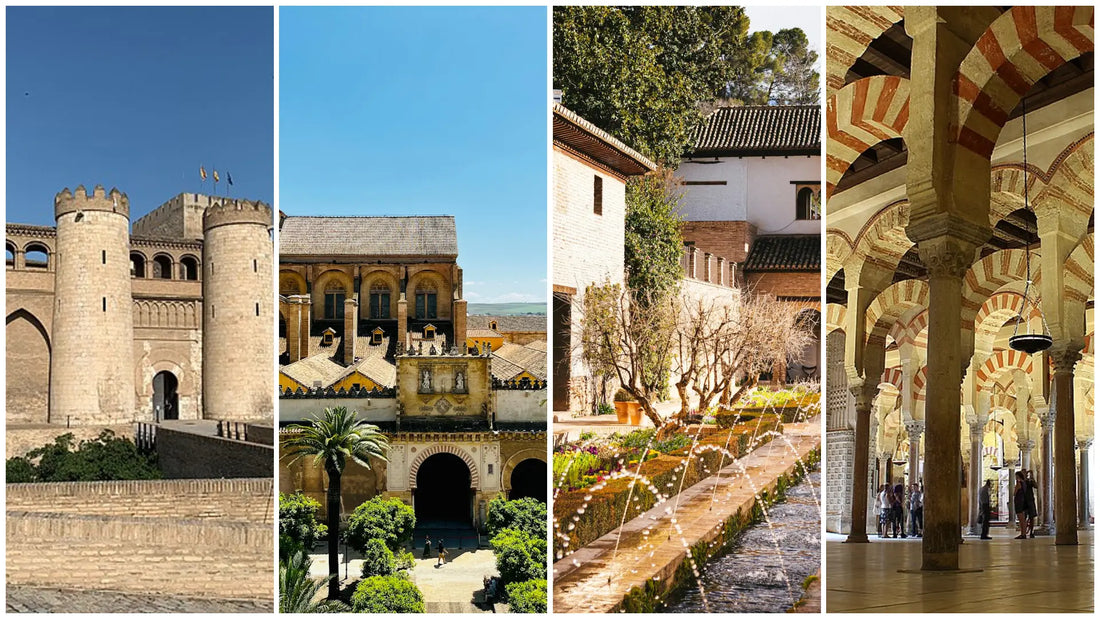

 https://sunaan.com
https://sunaan.com

